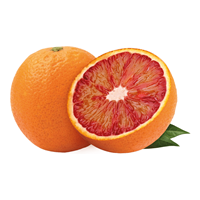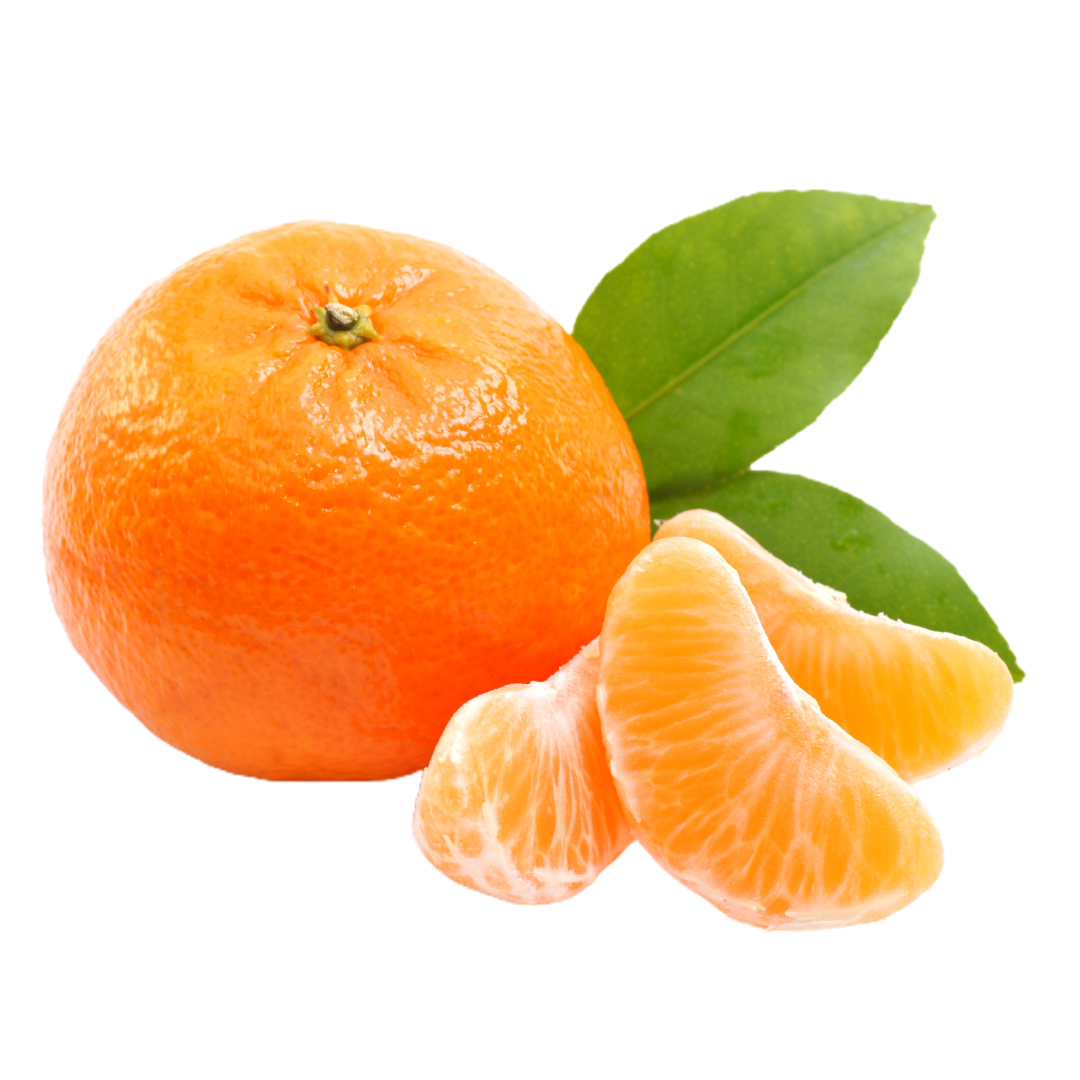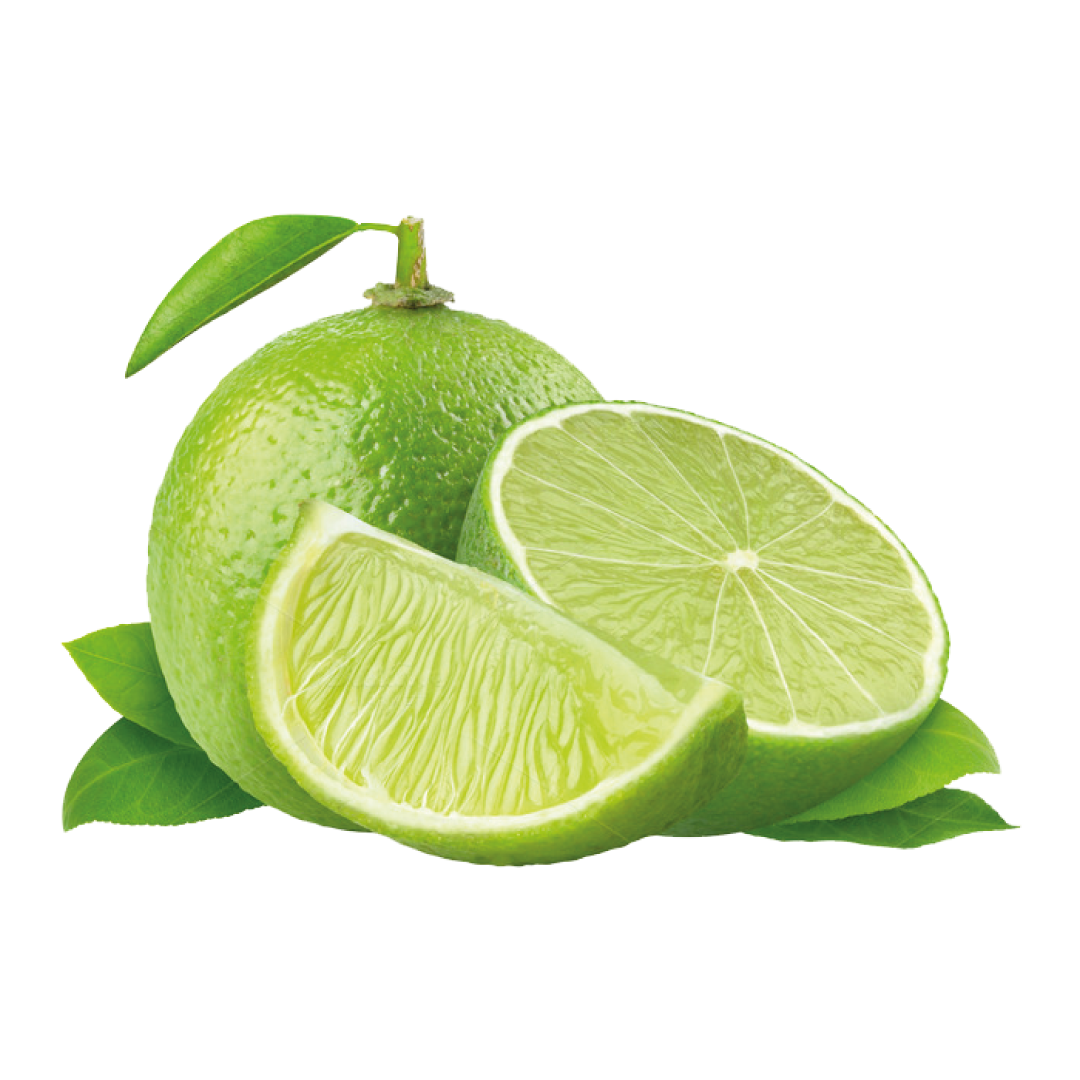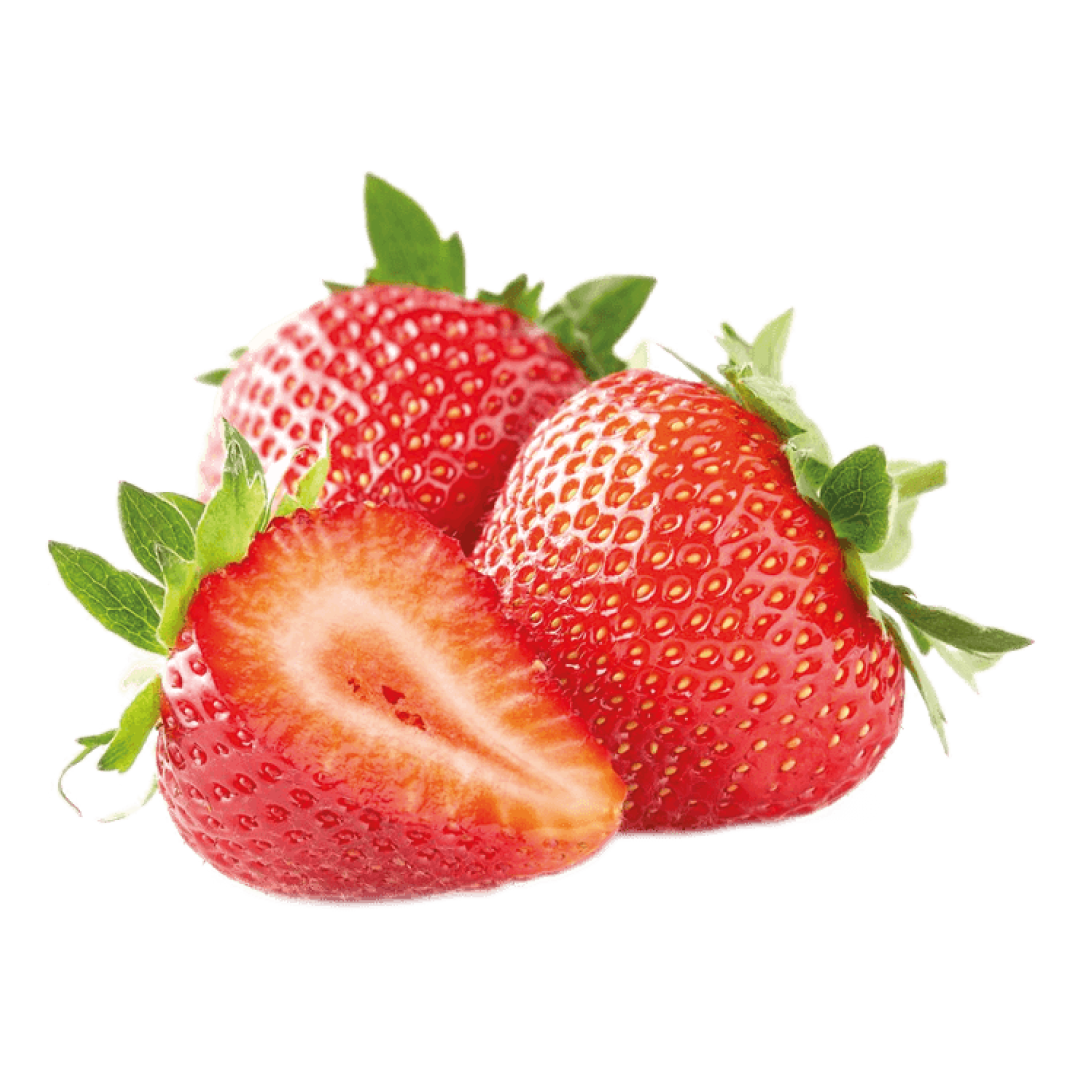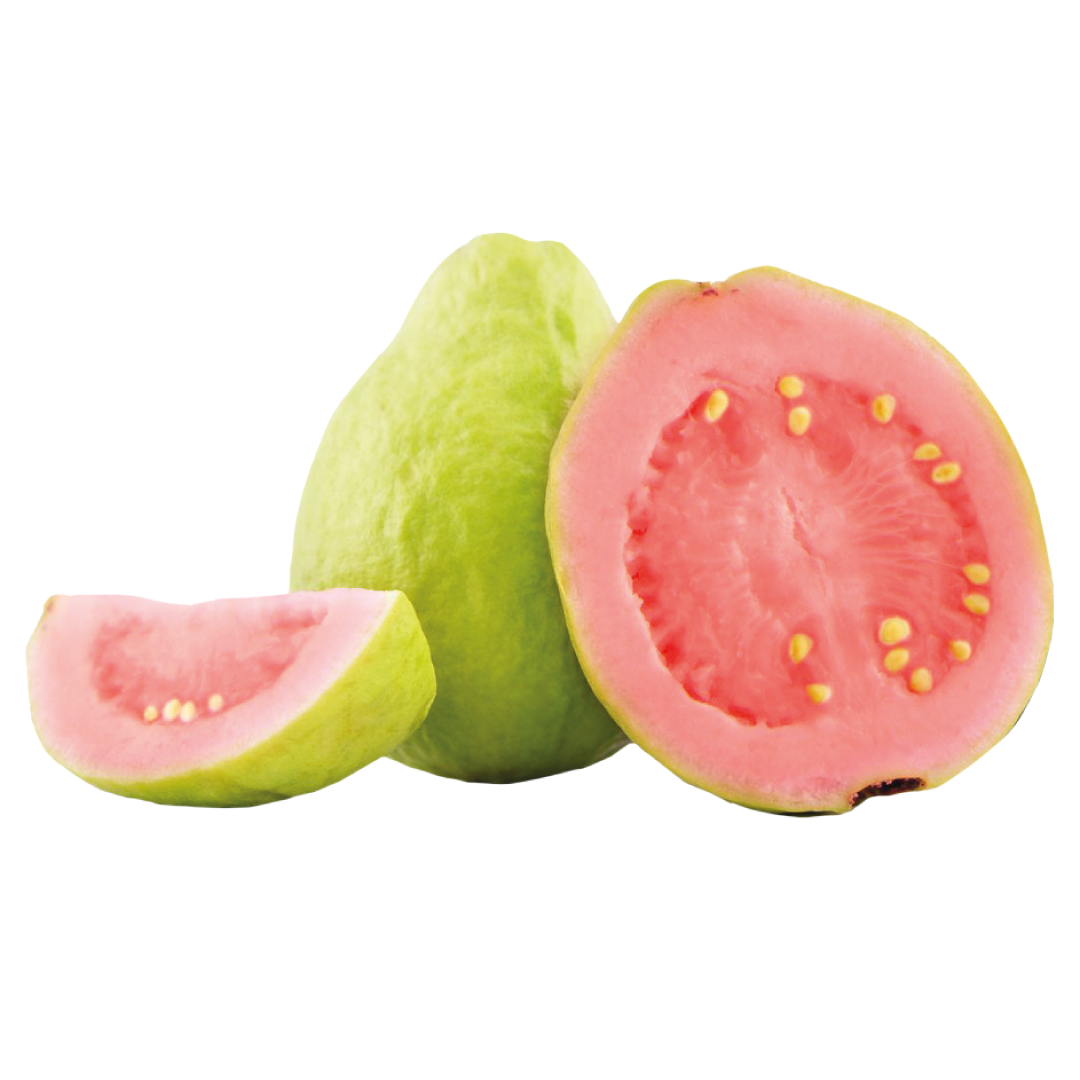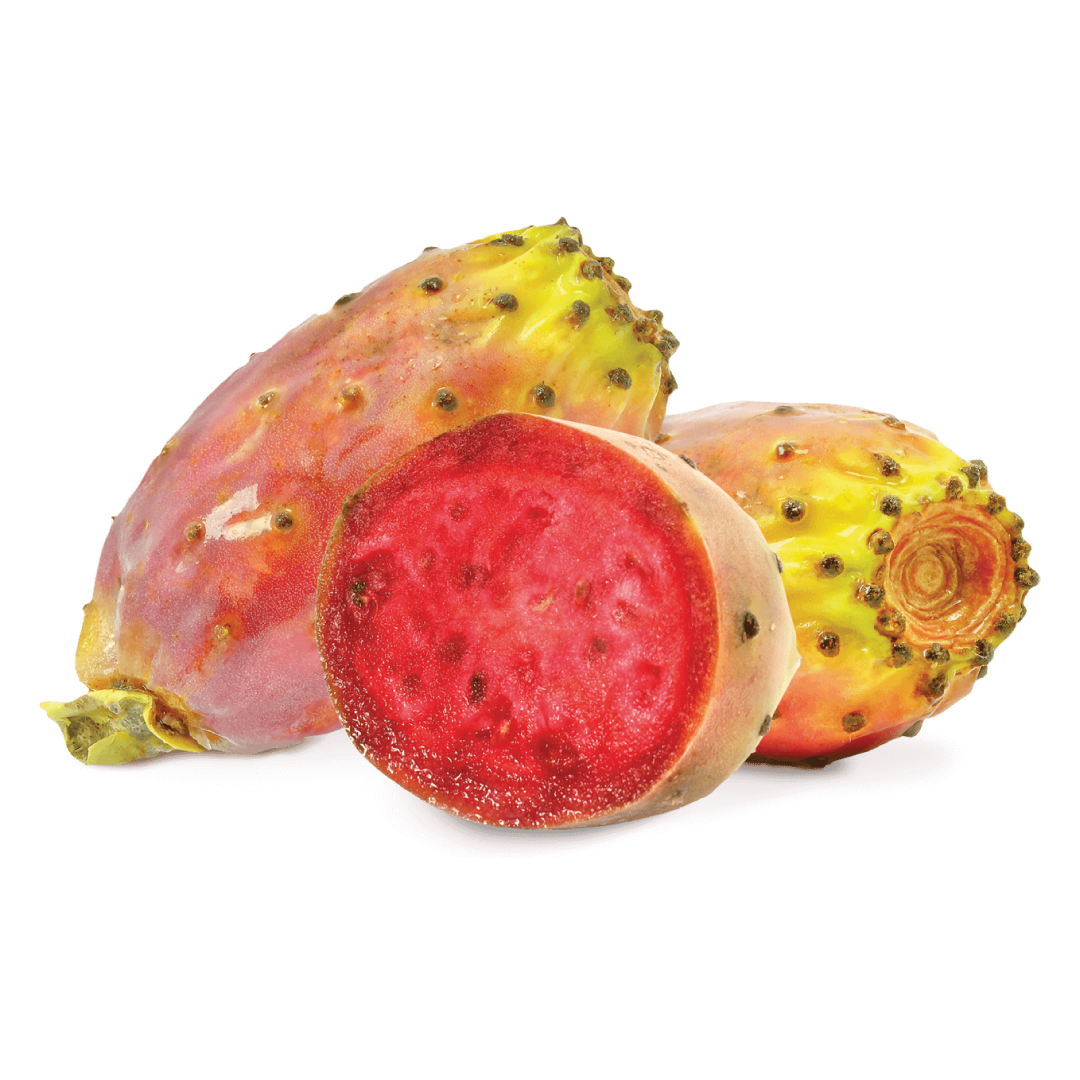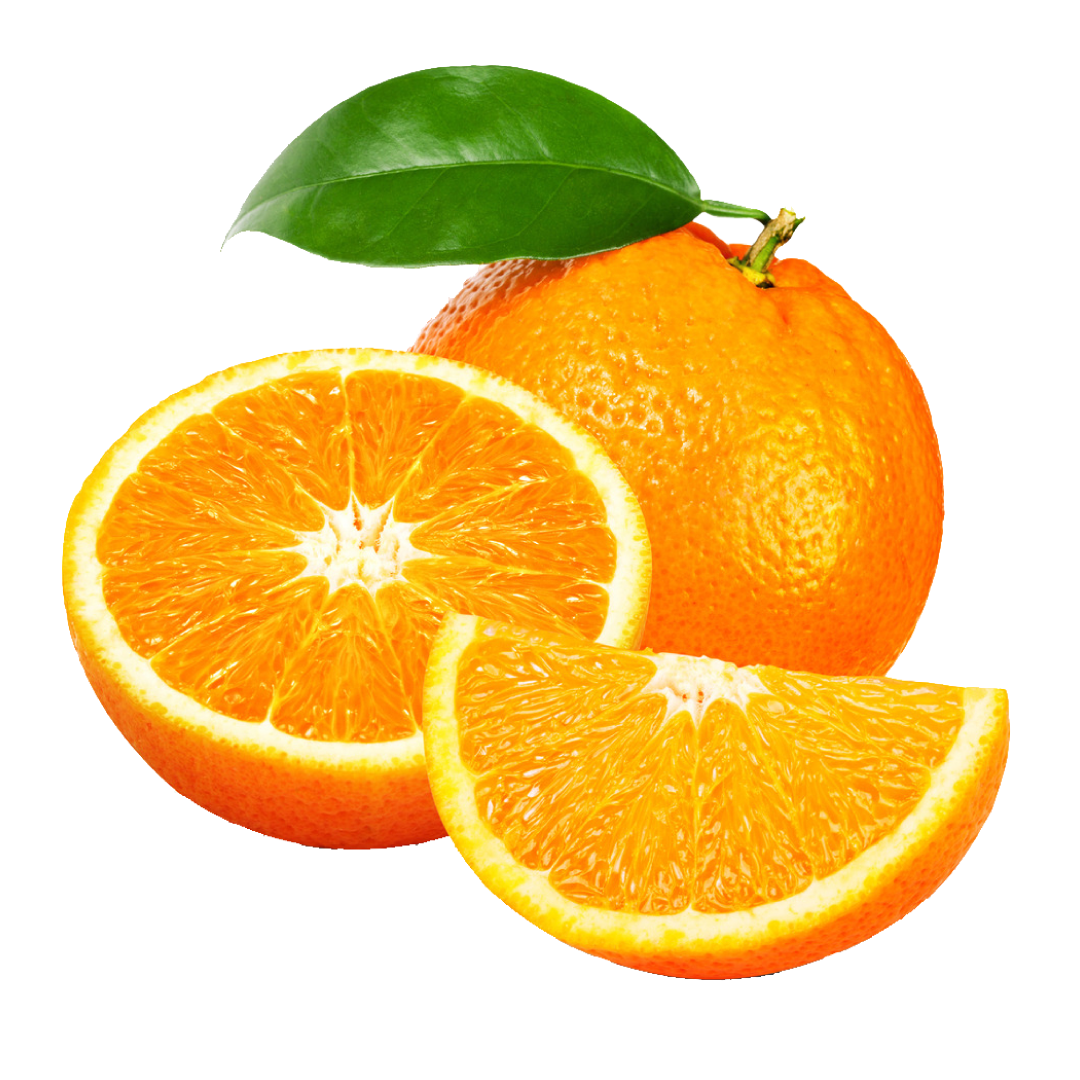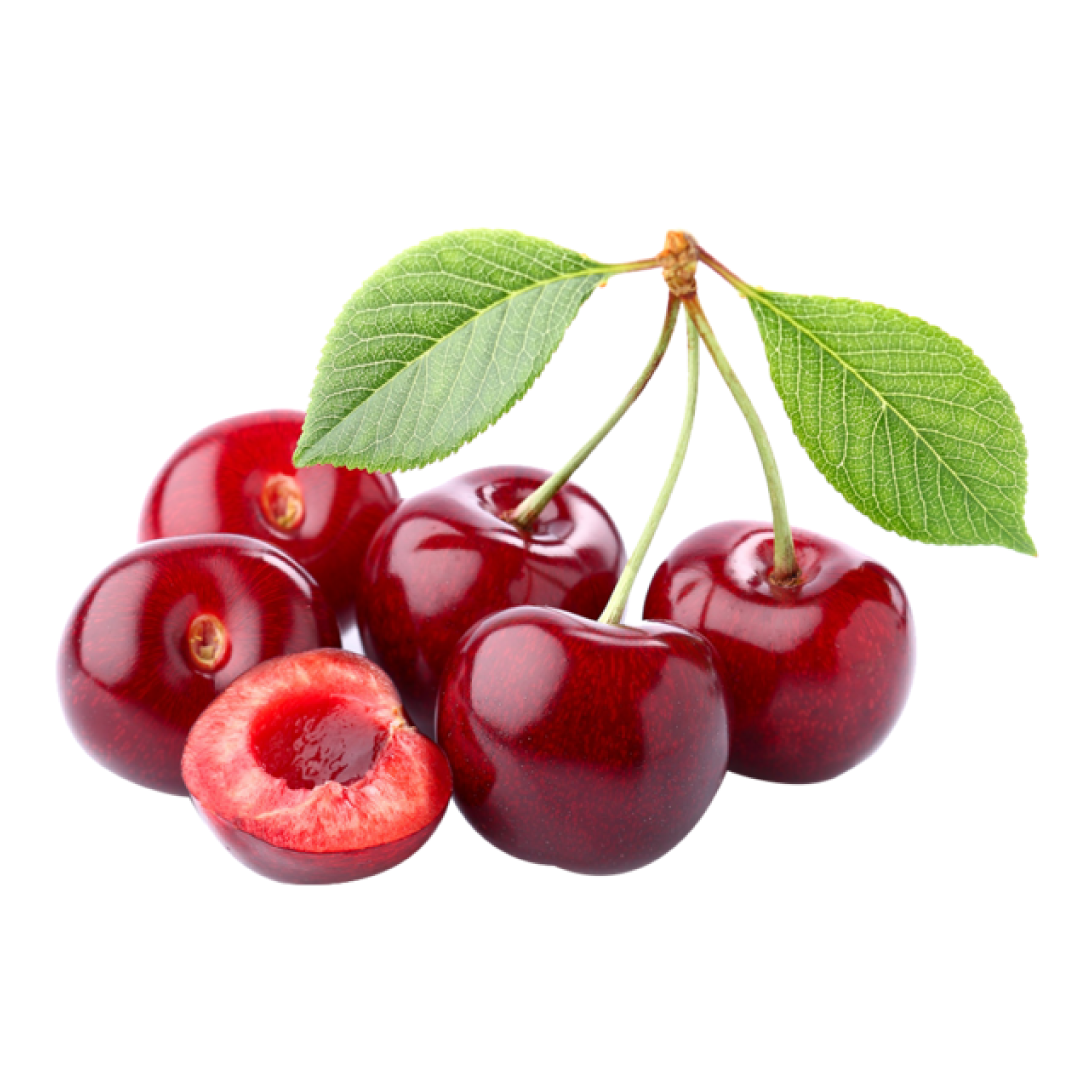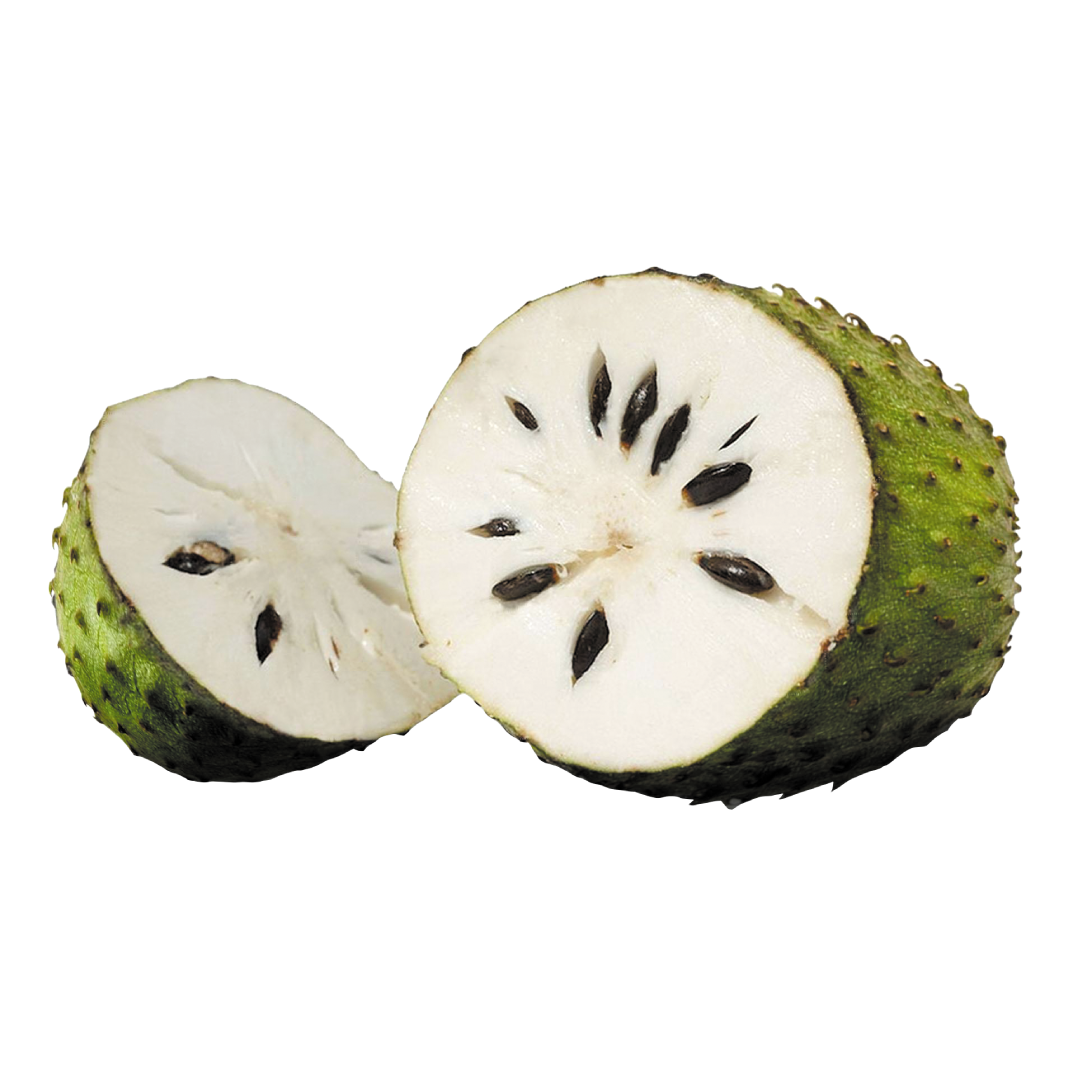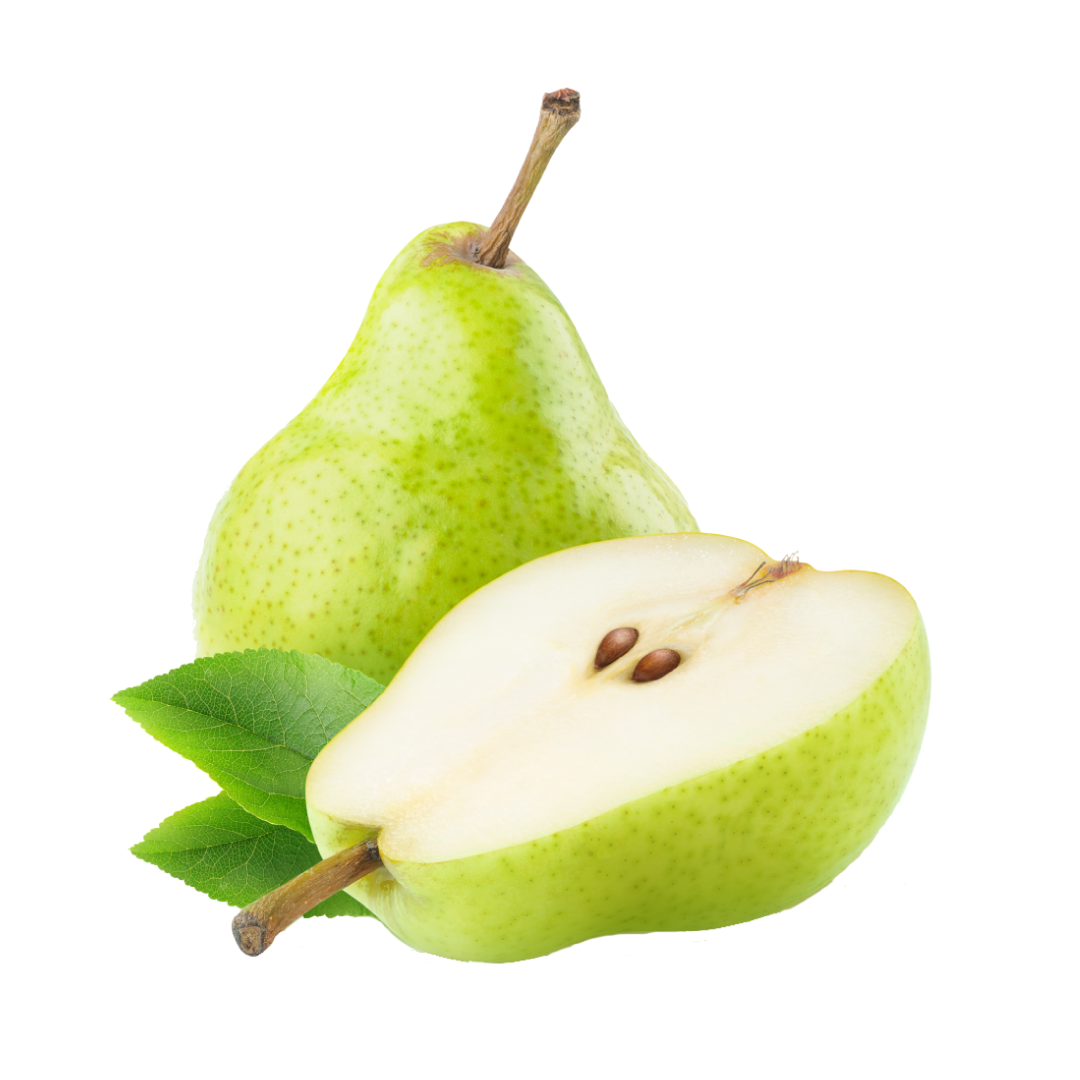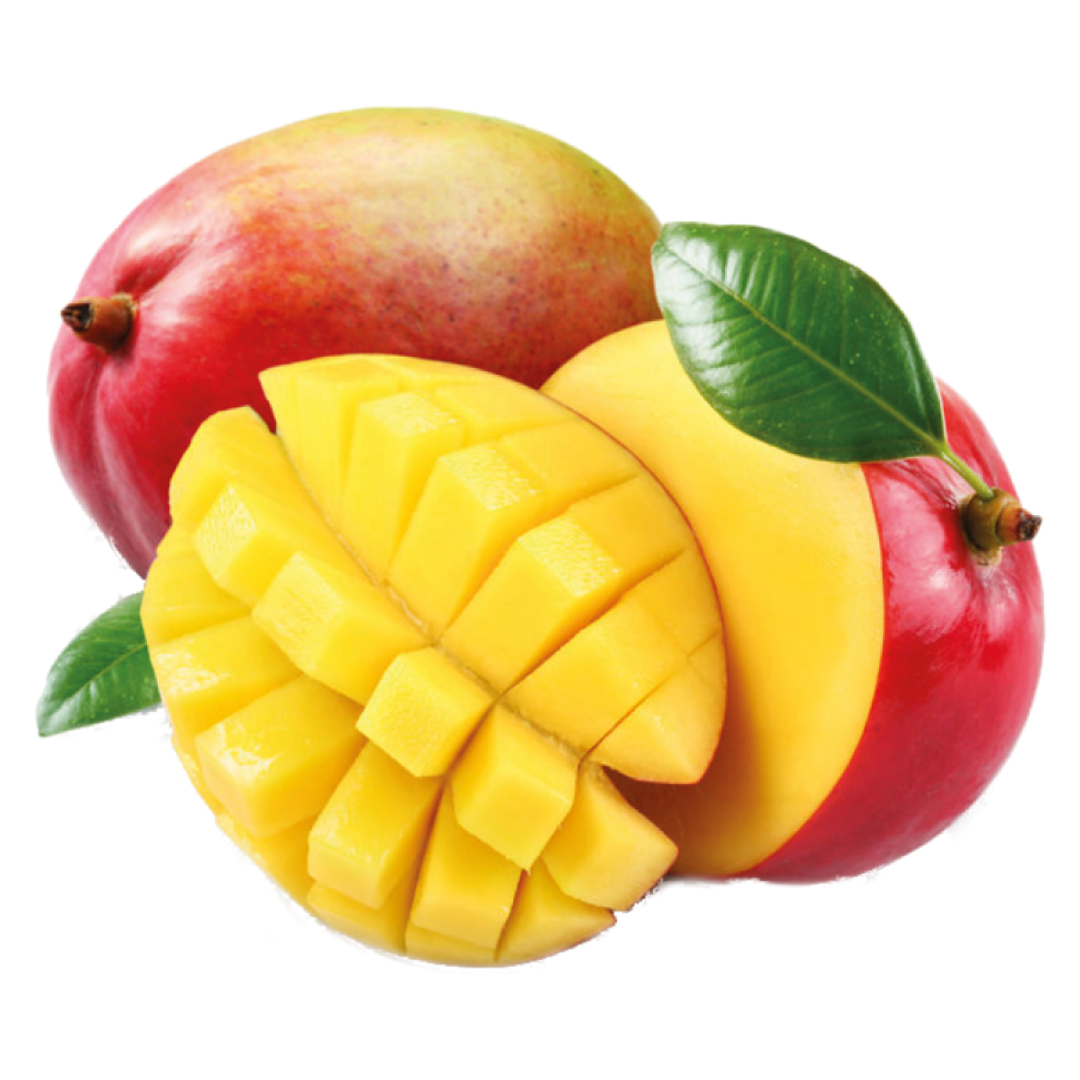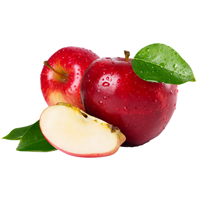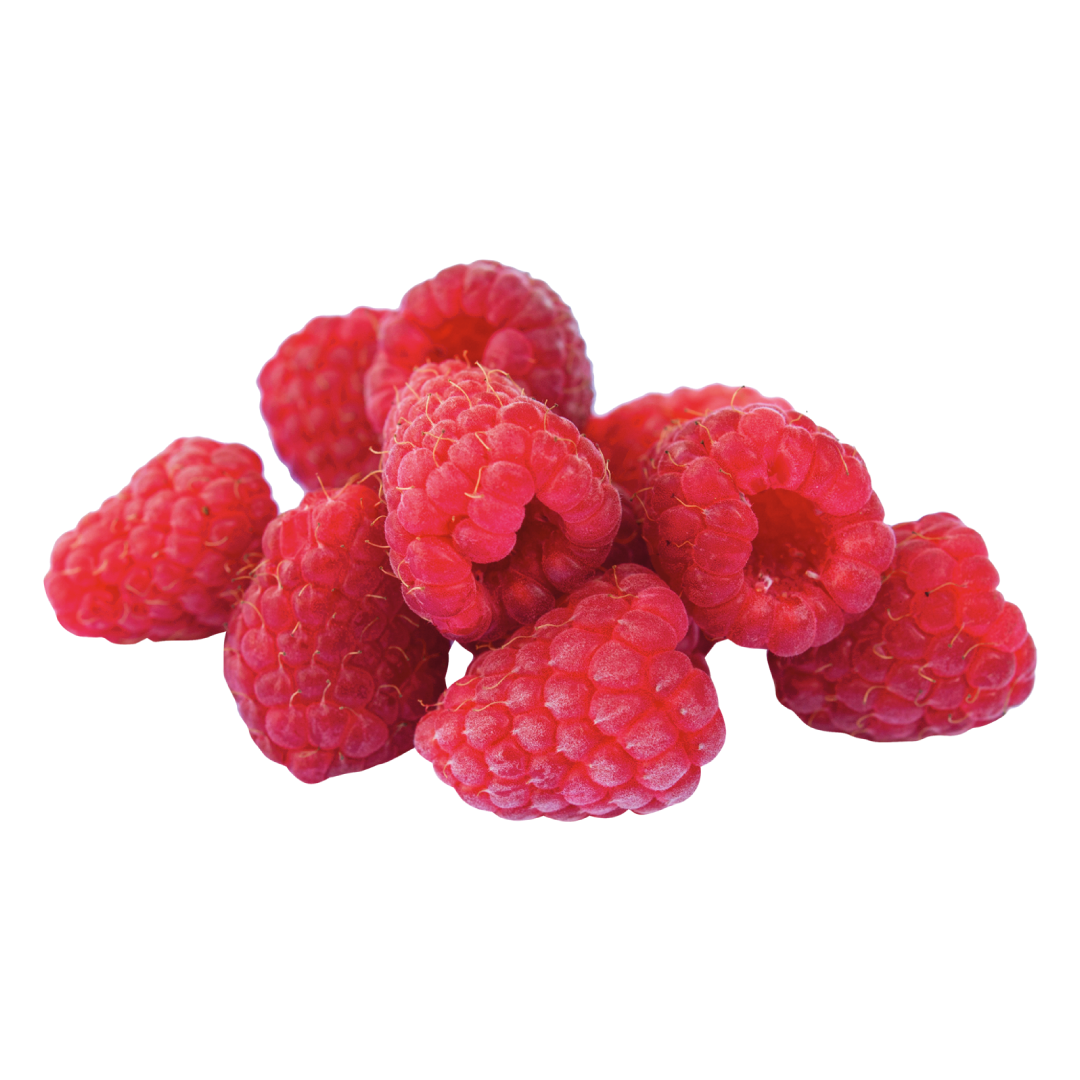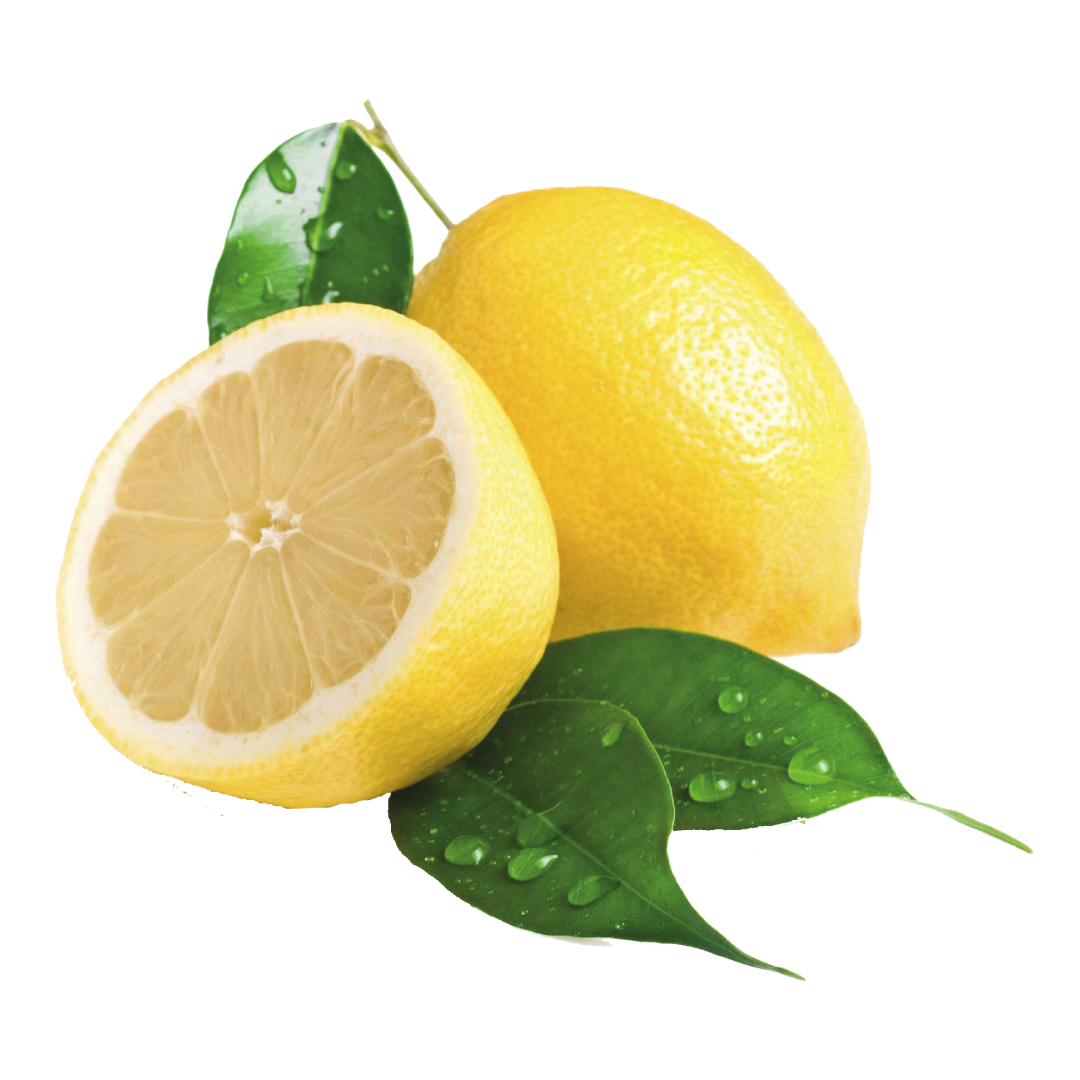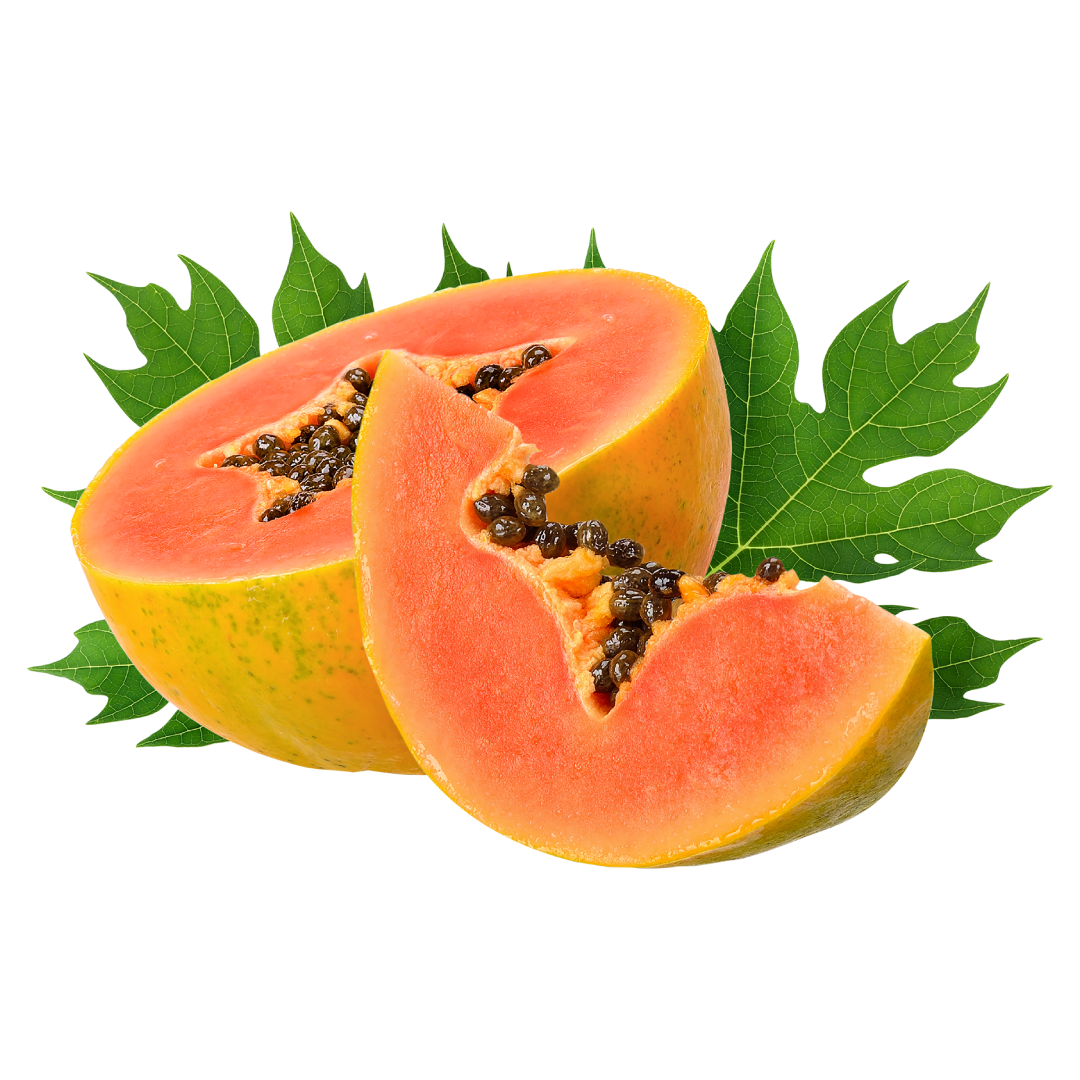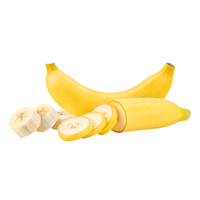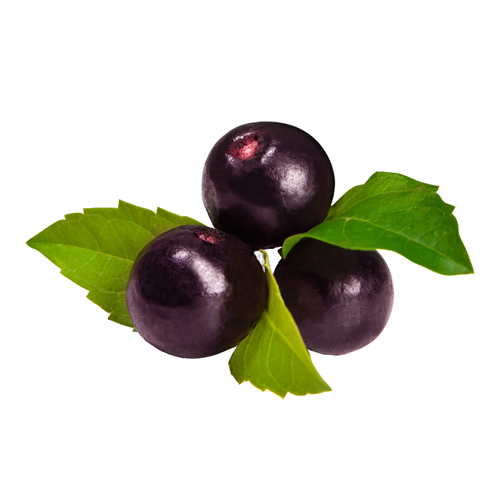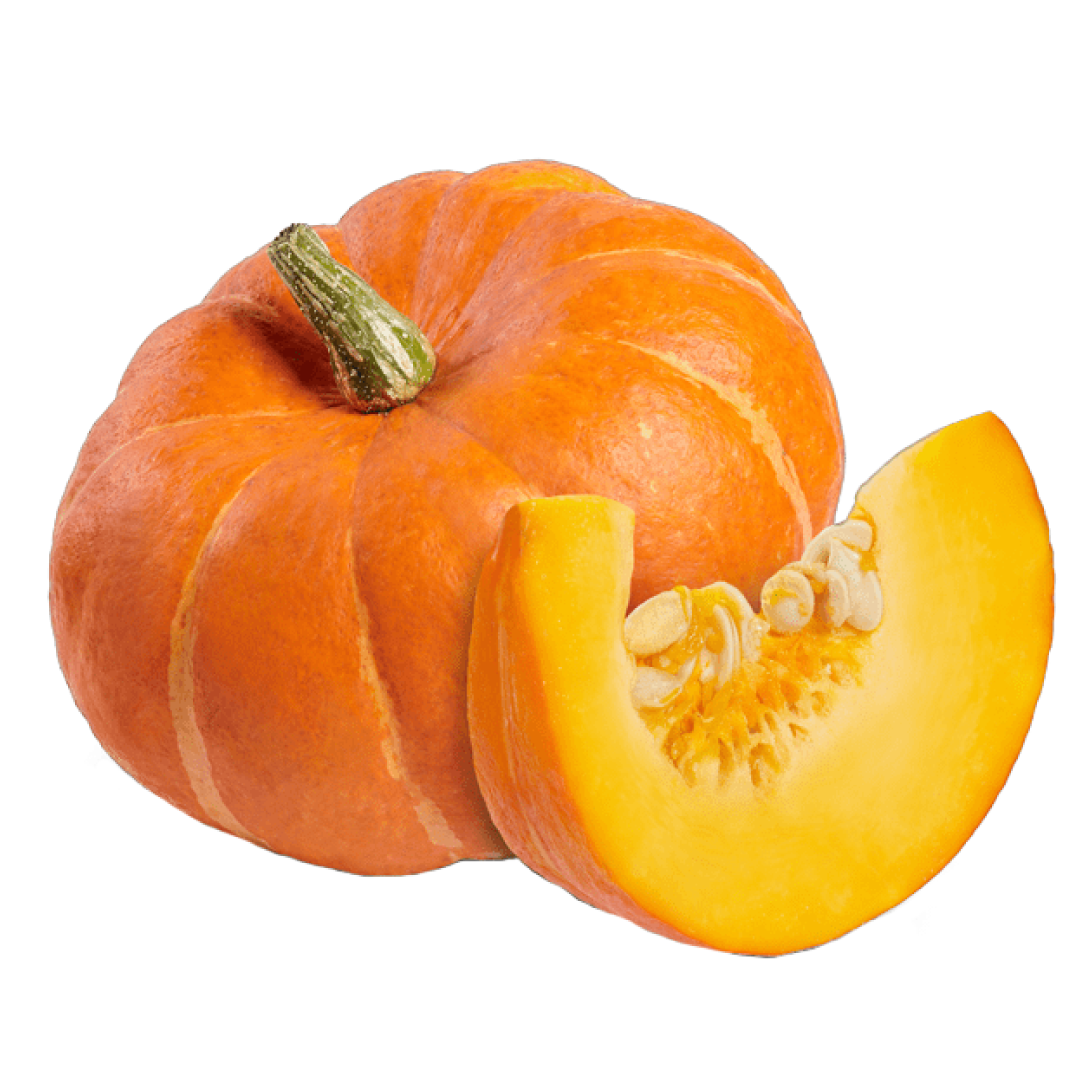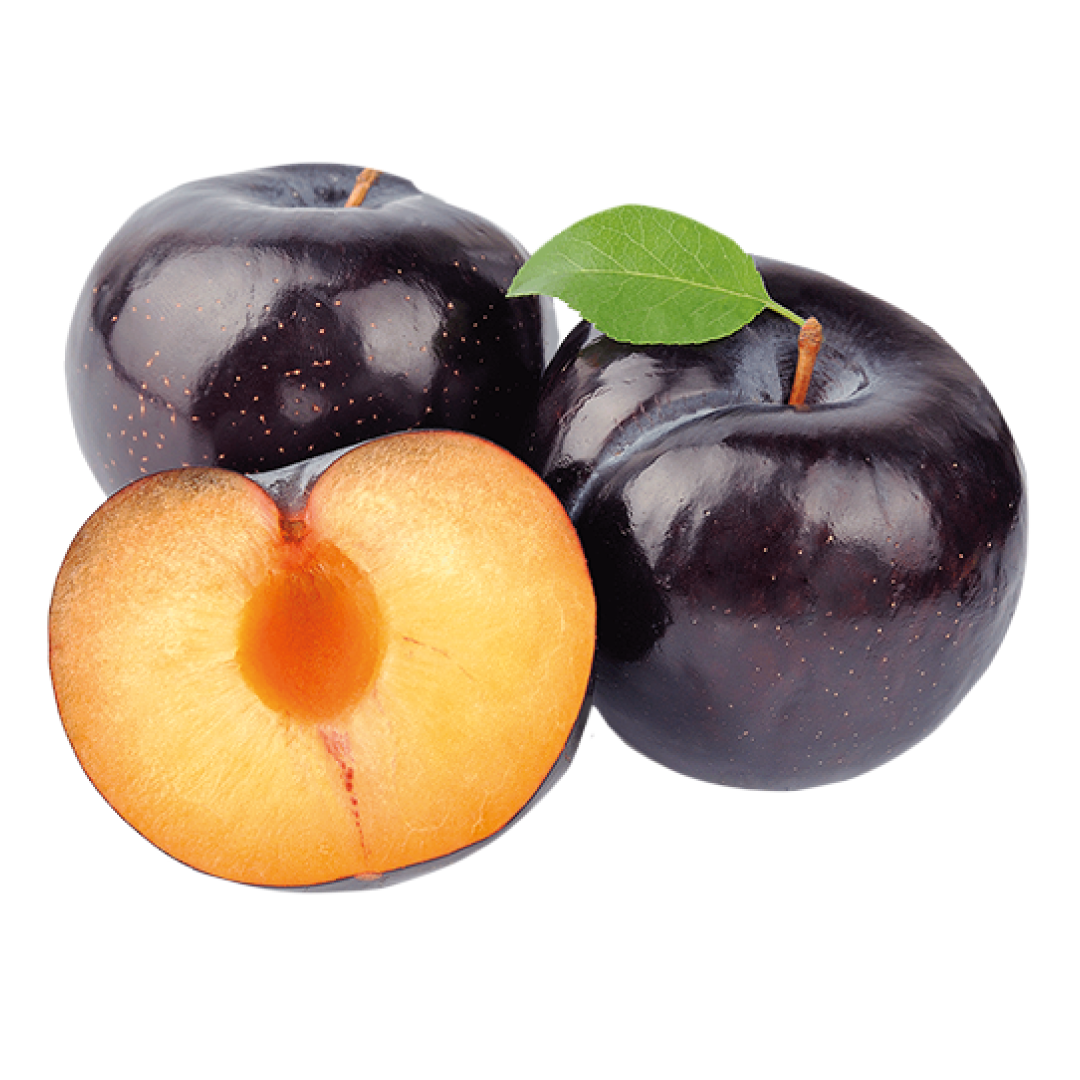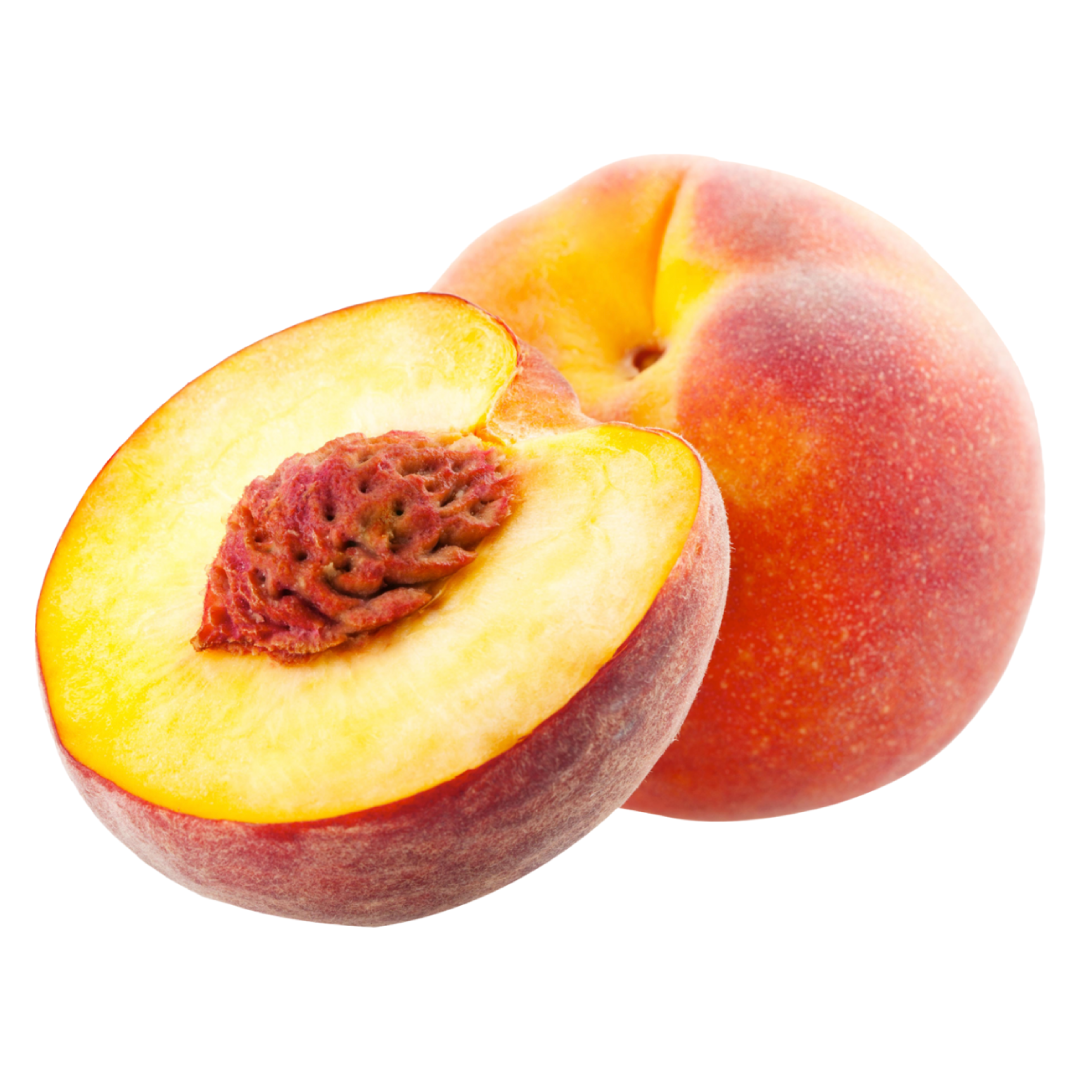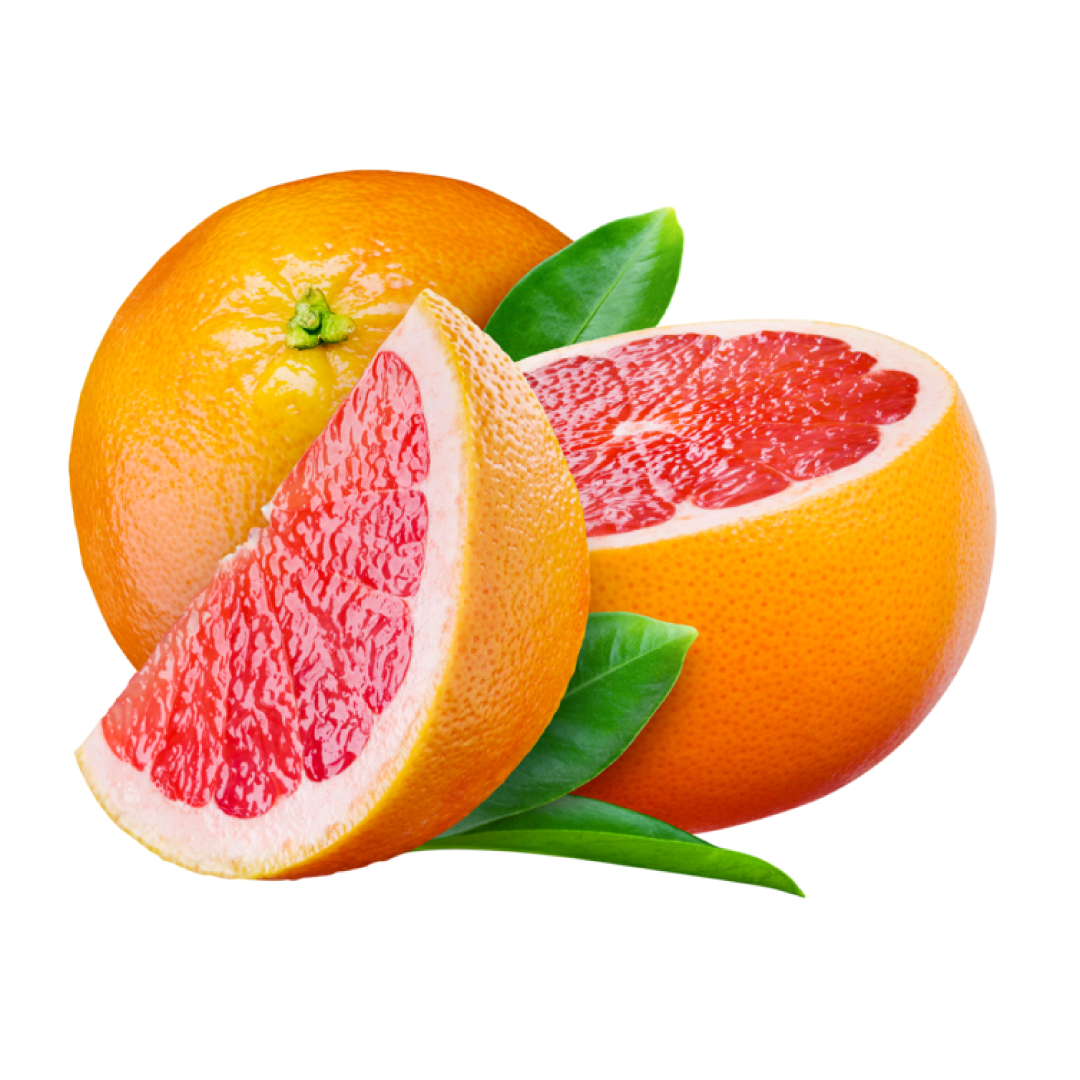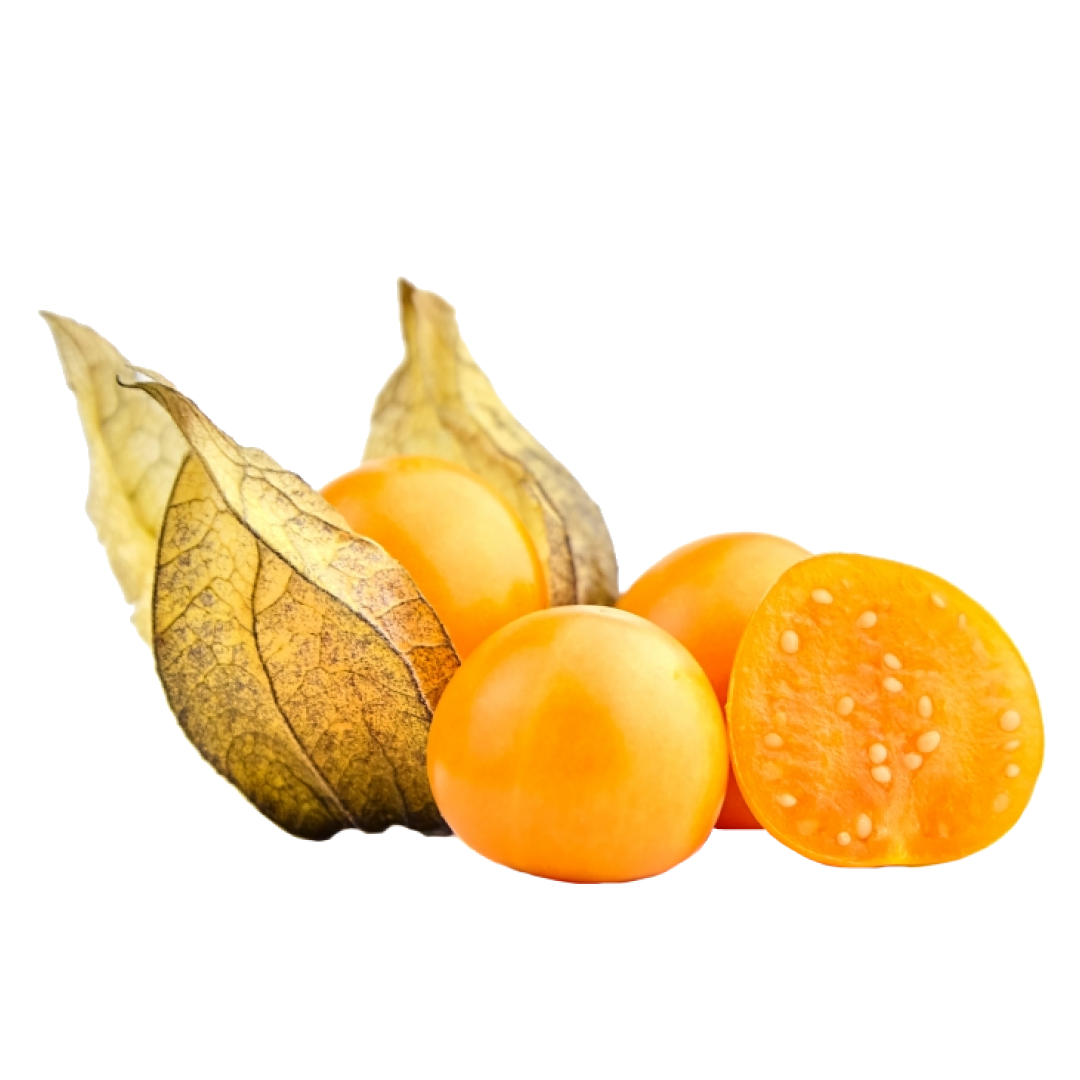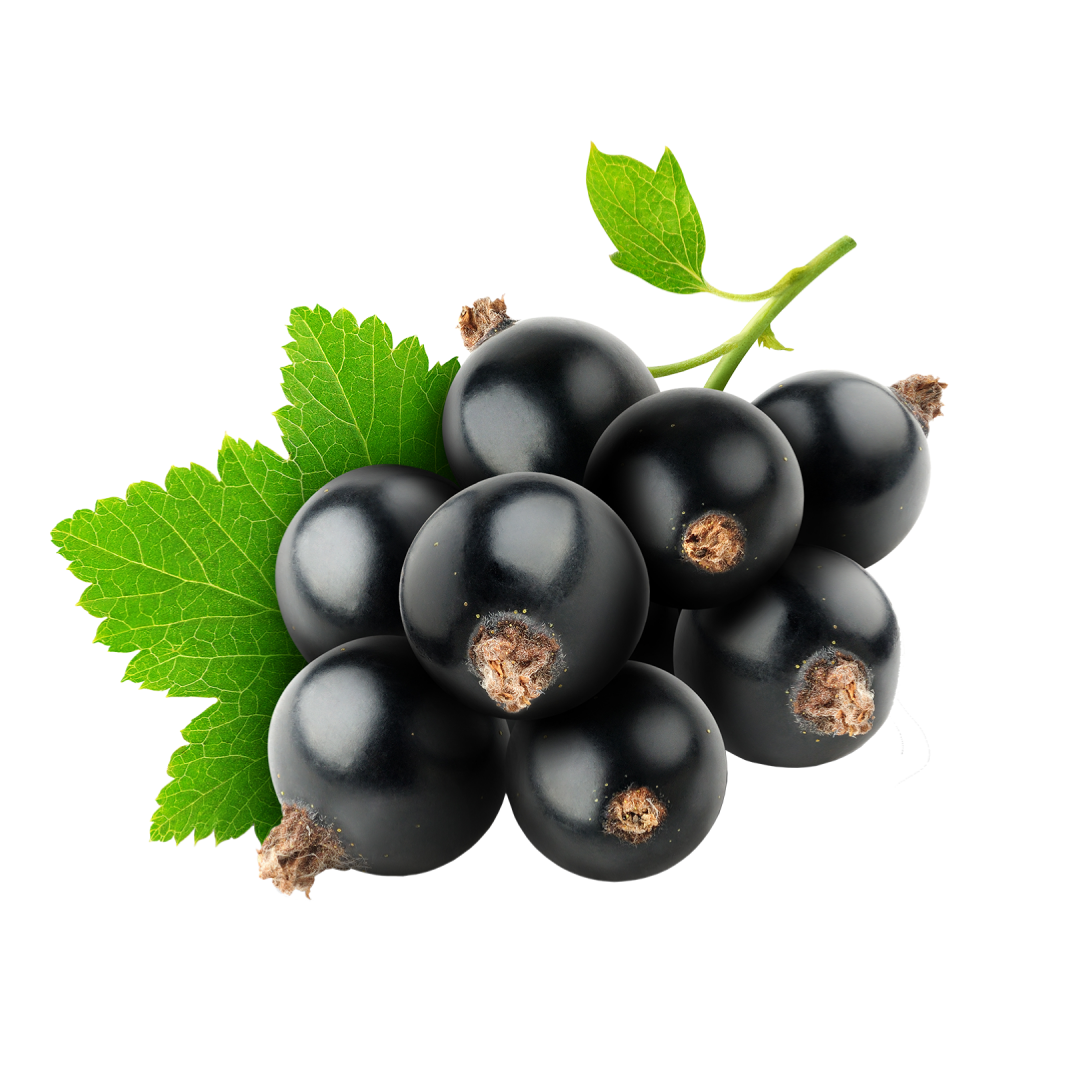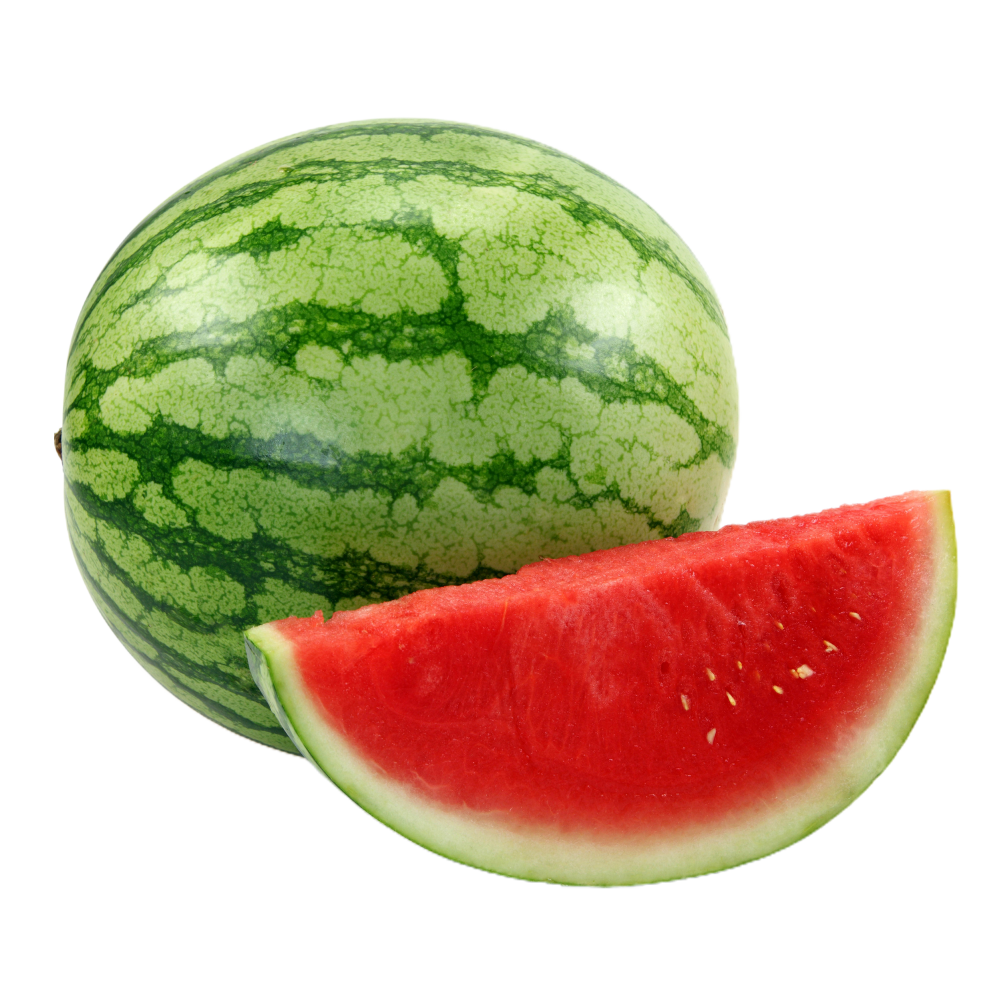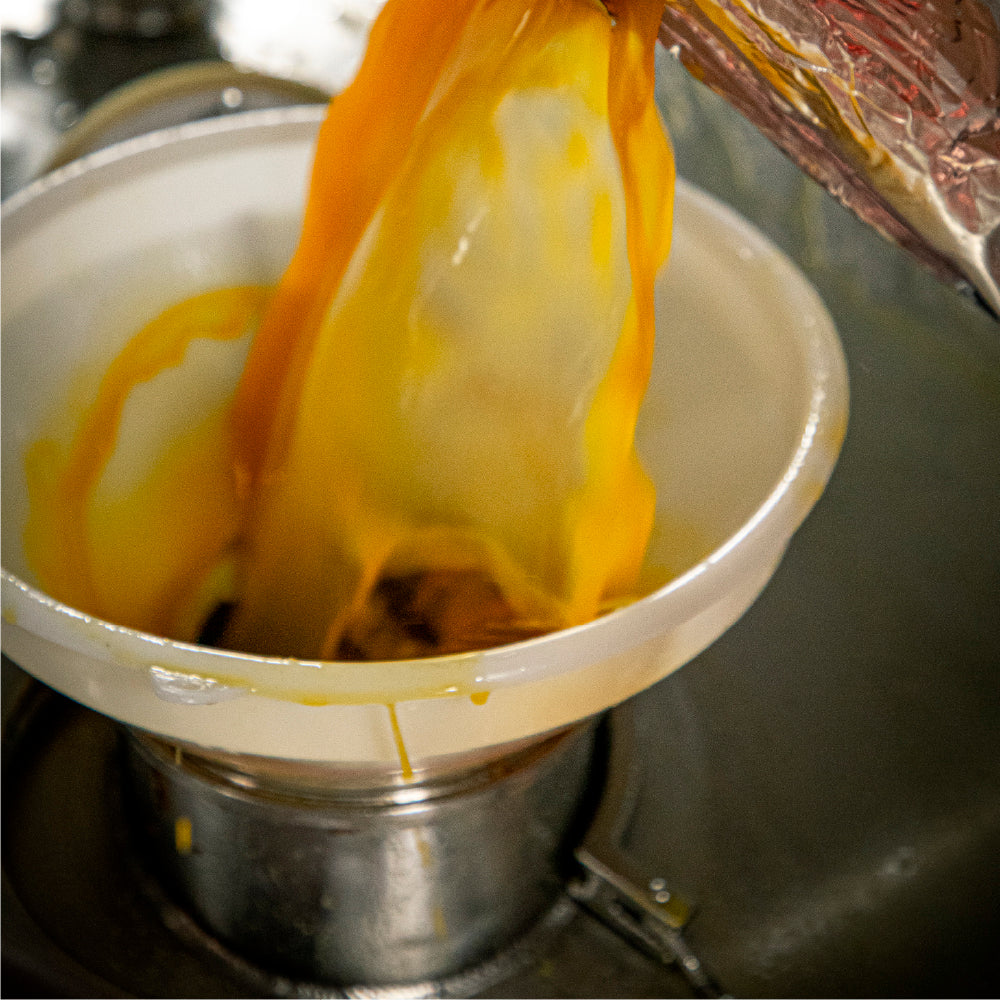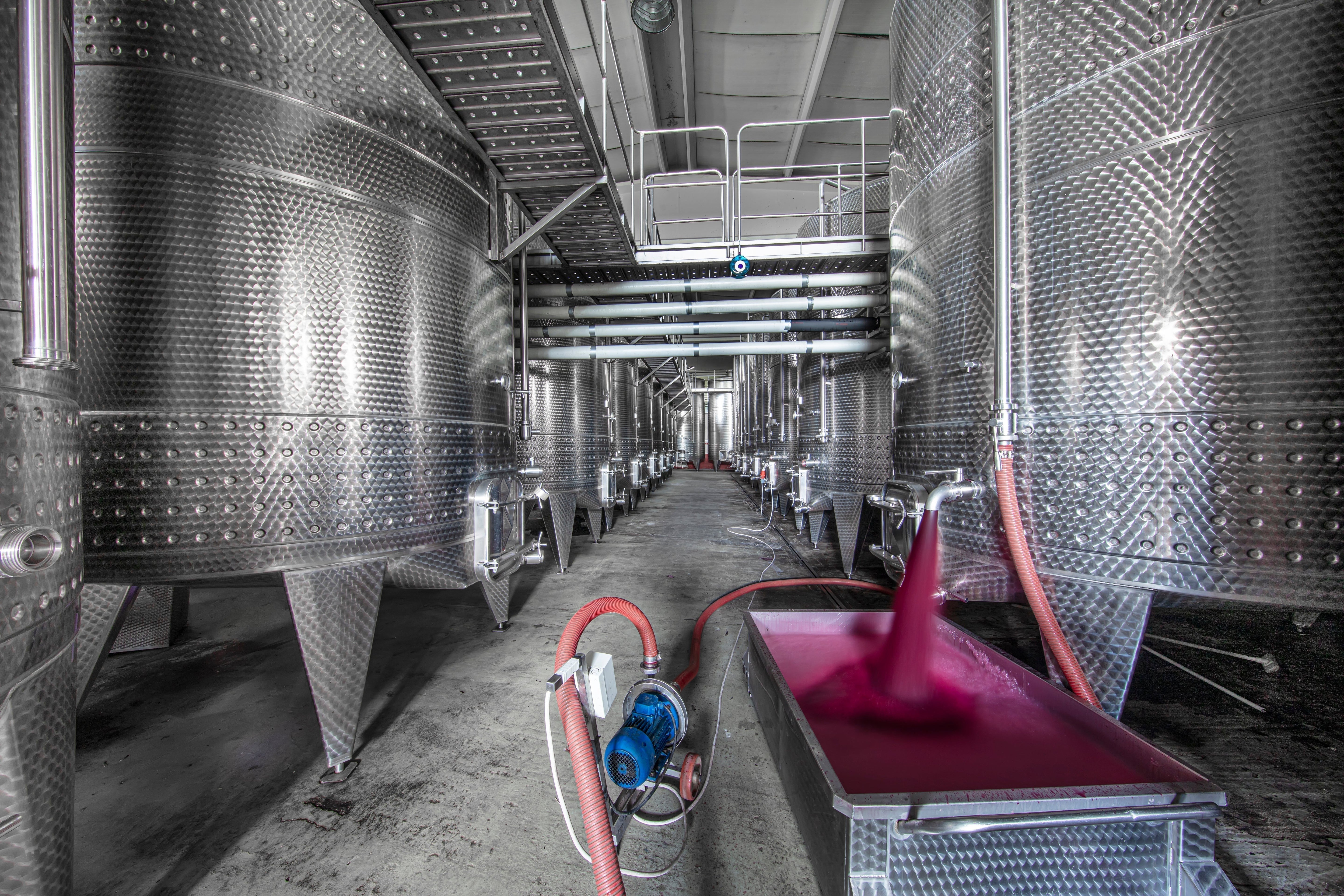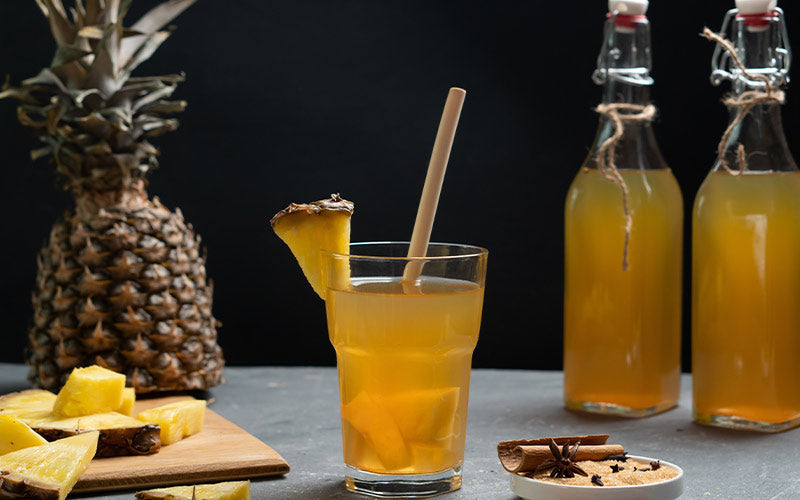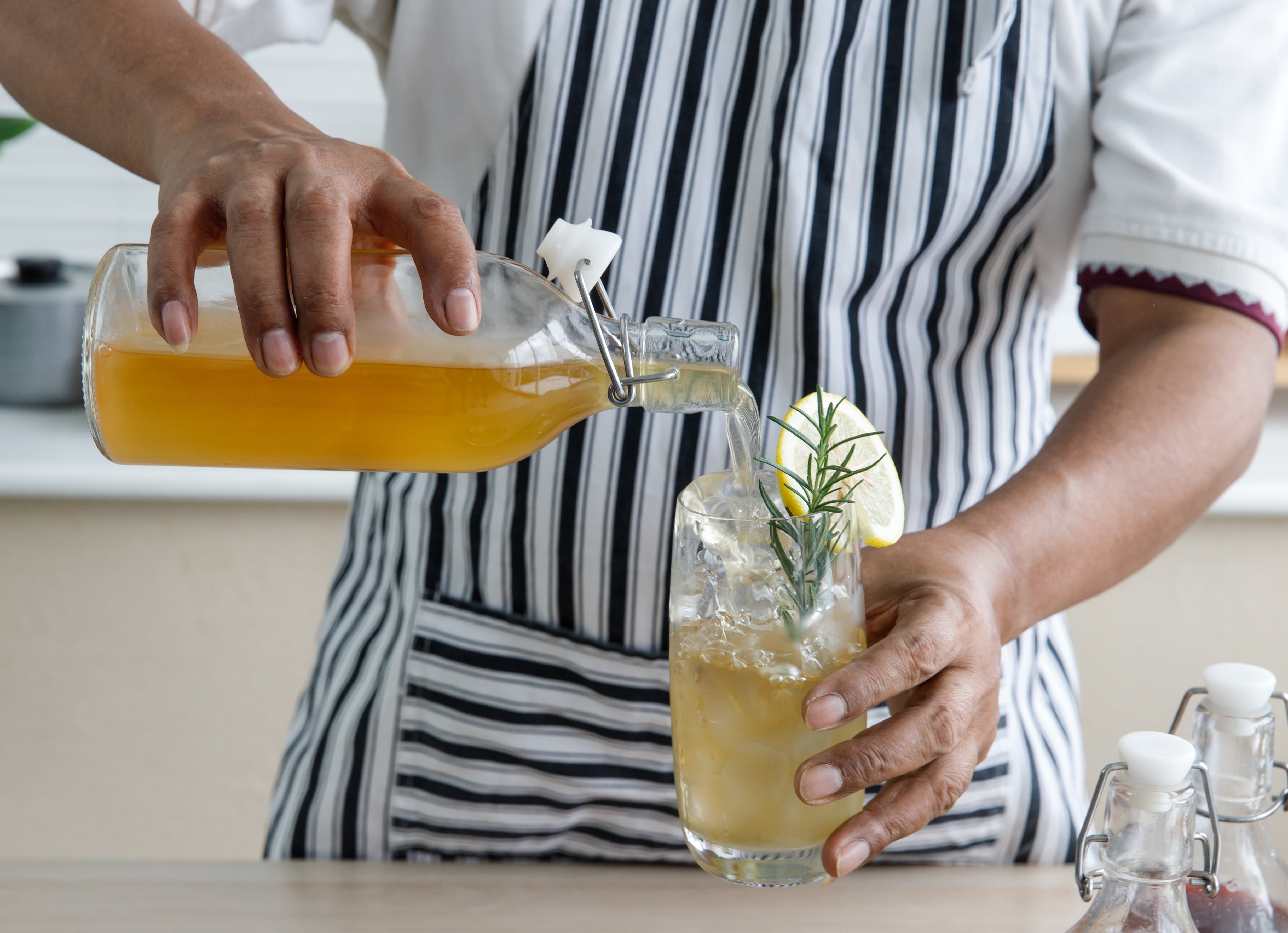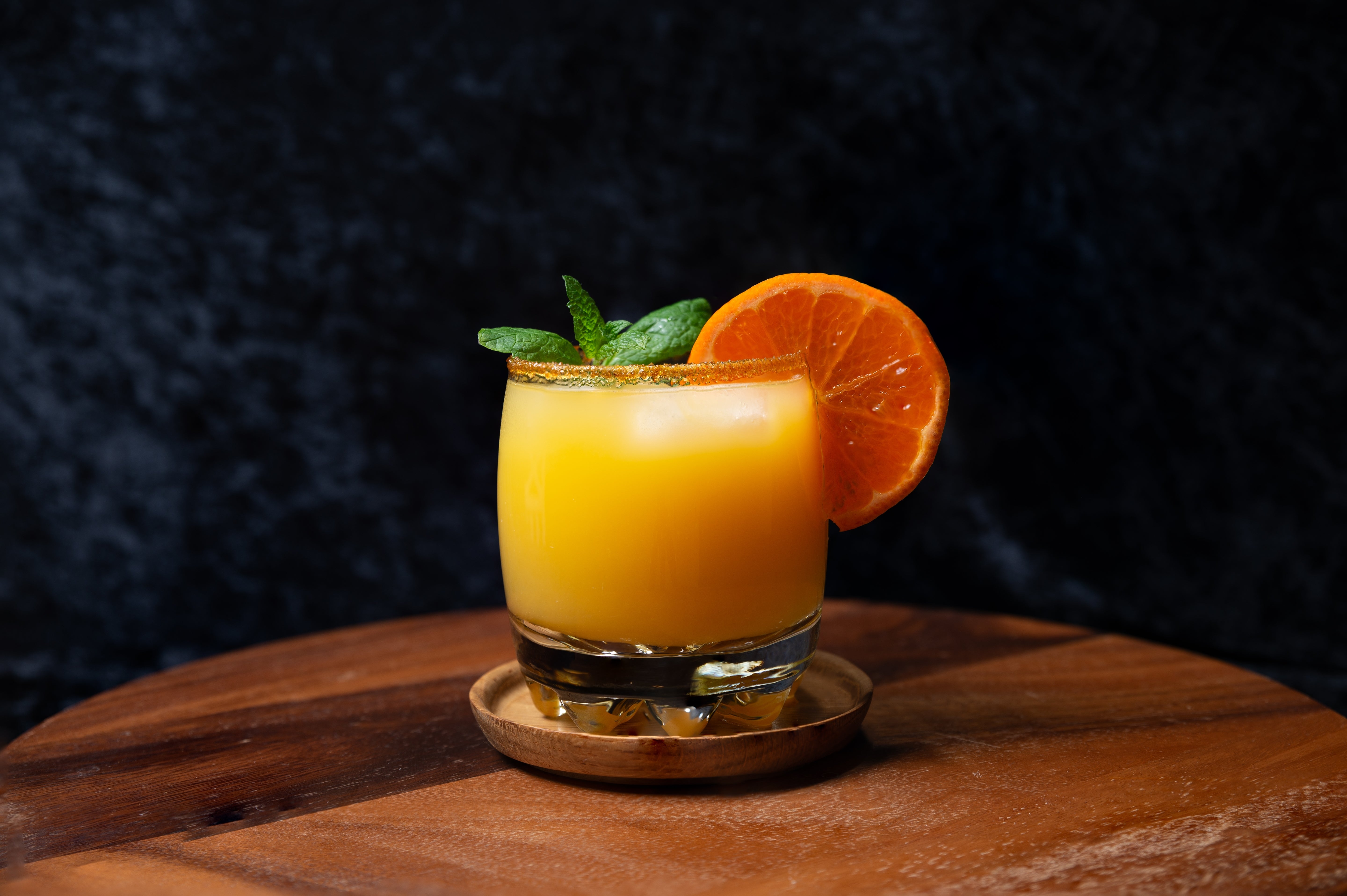We have explored at length aseptic fruit puree. Also, many different ways it can be used across many industries. One thing that we have not talked about is the equipment and processes that are used in the production of various fermented beverages. We will focus on beer however this information can be applied in other areas.
Let’s Talk Process and Equipment
Adding Boxes
There are several ways to add fruit puree to beer or any beverage. It can be added directly to a keg and then topped off with the beverage. This can be done by purging air out with CO2, removing the stem of the keg, adding the puree and replacing the stem. Beware of any dissolved oxygen that could get in when adding puree.
You can also add the puree directly to the tank whether in fermentation or post. This can be done by adding it directly to the top of the tank (similar to a dry hop situation). Or you can use a keg that has been fabricated with a valve on the bottom and top. This allows you to add the puree to the keg, purge out any oxygen and push with co2 pressure directly into the tank. This is the preferred method as it eliminates the chance of dissolved oxygen or even worse wild bacteria.
Adding Drums
When you get to a certain point in production of fruit beers you will start to order drums. They are a bit tricky to deal with if you have not used them before. What you will need is something like a “bulldog” racking cane and a hose to reach a pump that goes to the tank on the other end. This “bulldog” can be found in most breweries that do a lot of fruited beers and also have a barrel program or at least a few barrels to play around with. This is a great investment because it has multiple uses.
Let's Talk Pumps
There are two types of pumps that you will typically find in a brewery or just about any beverage manufacturer. There are centrifugal pumps and diaphragm pumps. A centrifugal pump is powered by a motor which requires electricity. A diaphragm pump is powered using compressed air. While both of them will get the job done, sometimes one is better than the other. A centrifugal pump is typically used to C.I.P.(clean in place) fermentation and brite tanks or move liquid. When adding fruit to a tank or removing yeast a diaphragm pump is often used. The reason a centrifugal pump is not ideal for adding fruit puree is because it will easily cavitate (lose flow due to an empty pump). It also allows more dissolved oxygen into the liquid because sometimes the mechanical seal will leak slightly. The diaphragm pump is advantageous
because it reduces dissolved oxygen and into the pump itself. Also it will never backflow due to the “ball” on the top of the pump. The fruit puree itself is much easier to pump as well.
Process
The process can vary from place to place. If you plan for it and have tank space the best way is to fill an empty tank with puree that has been cleaned, sanitized and purged of oxygen. First, inspect the bag to make sure it is not swollen or punctured (if so, do not use and contact Remove the cap with your official AFP Aseptic Fruit Purees opener(insert link).Hook up to empty tank and blow out sanitizer with CO2 pressure from the tank (if tank is full, blow out sanitizer with CO2 line). Insert sanitized racking tool or “bulldog” so the “bung fitting” is tight around the mouth of the large bag. You can also add a quick disconnect as well directly to the pump. Then, set all your valves to the empty tank. If the tank is full no worries because it will not backflow due to the design of the pump. It is helpful to have a sight glass to make sure the puree is flowing. Turn on the air to your diaphragm pump, it may take a minute or two to prime the pump. You will notice the bag slowly shrinking, that is how you know that no air is getting into the bag. Continue this process until the bag is empty.
Wrapping It Up
We have talked about the different types of pumps used in the process of adding aseptic fruit puree in a safe, sanitary, and efficient manner. Not all pumps are created equal and some jobs are better suited for certain pumps. You might find a method or process that is different from what we have talked about. That is okay! There are several different avenues to achieve the same results in brewing ( as we all know). In the end as long as you are happy and confident in your process that is all that matters. Coming up with new ways to brew, refine processes, and general creativity is what makes us craft brewers.

